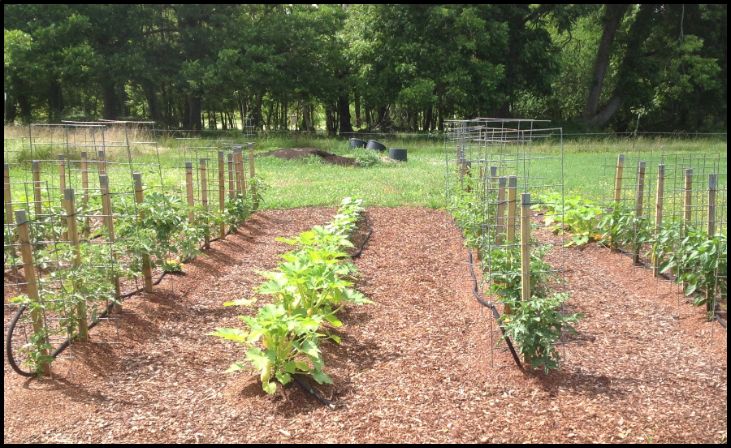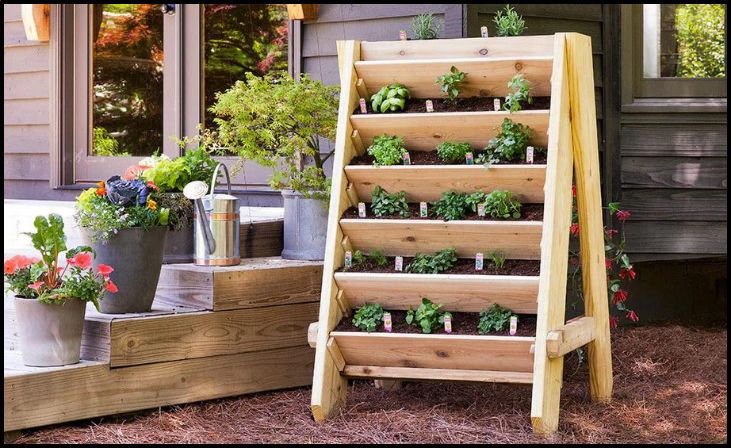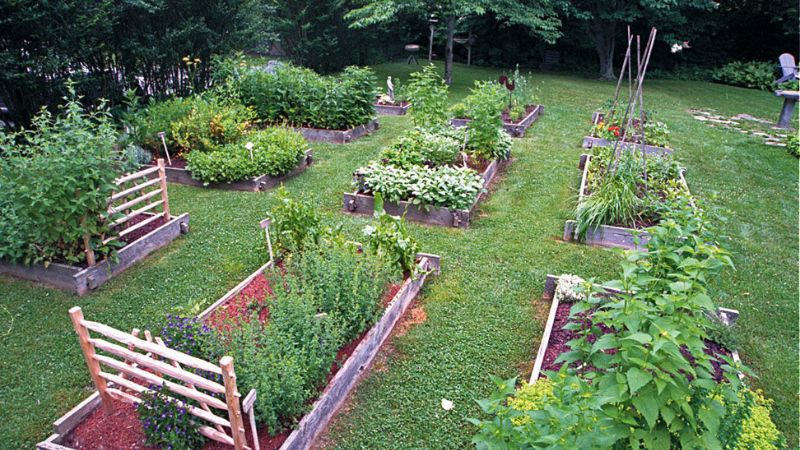Creating a herb garden can be both rewarding and practical. Not only do herbs provide fresh flavors for your cooking, but they also add a touch of greenery to your home. Whether you have a sprawling backyard or a small balcony, there are numerous ways to design a herb garden that suits your space and style. Here are nine inspiring herb garden layout ideas to get you started.
1. Traditional Row Garden

A traditional row garden is a classic and efficient way to grow herbs. This layout involves planting herbs in straight, evenly spaced rows. It’s ideal for larger spaces and allows for easy access to each plant for watering, weeding, and harvesting. Rows can be organized by herb type or color, creating a visually appealing and orderly garden. This layout is perfect for those who enjoy a more formal garden appearance and have the space to accommodate it.
2. Raised Bed Herb Garden
Raised bed gardens are an excellent option for those with limited space or poor soil quality. By building raised beds, you can control the soil composition and drainage, ensuring optimal growing conditions for your herbs. Raised beds can be constructed from wood, stone, or even recycled materials. They also reduce the need for bending and kneeling, making gardening more accessible. Arrange your herbs in a grid or checkerboard pattern within the raised bed for a neat and organized look.
3. Container Herb Garden
For those with limited space or living in apartments, container gardening is a perfect solution. Containers come in various sizes and materials, such as clay pots, plastic planters, or even repurposed household items like tin cans or mason jars. This layout allows for maximum flexibility, as you can move the containers to catch the best sunlight or bring them indoors during colder months. Group different herbs in one container or use individual pots for each herb, creating a portable and versatile garden.
4. Spiral Herb Garden
A spiral herb garden is not only functional but also a striking garden feature. This design involves creating a spiral mound of soil, with herbs planted along the spiral. The height of the mound provides different growing conditions: the top is dryer and sunnier, perfect for Mediterranean herbs like rosemary and thyme, while the bottom retains more moisture for plants like mint and basil. Spiral gardens are space-efficient and add a unique, artistic element to your garden.
5. Vertical Herb Garden

Vertical gardening is an innovative way to maximize space, especially in urban settings. This layout involves growing herbs on vertical structures such as walls, fences, or trellises. You can use hanging planters, wall-mounted pockets, or even DIY options like repurposed pallets. Vertical gardens are not only space-saving but also create a lush, green wall that can be a stunning focal point. They are particularly useful for small patios, balconies, or indoor spaces with limited floor area.
6. Herb Border Garden
Incorporate herbs into your existing garden by using them as borders or edging plants. This layout integrates herbs with flowers and other plants, creating a mixed and diverse garden. Herbs like lavender, chives, and oregano make excellent border plants due to their compact growth habits and attractive foliage. This design not only maximizes your garden space but also enhances its aesthetic appeal. Plus, having herbs scattered throughout your garden can help deter pests and attract beneficial insects.
7. Kitchen Window Herb Garden
A kitchen window herb garden is perfect for those who want fresh herbs within arm’s reach while cooking. This layout involves growing herbs in small pots or containers placed on a sunny windowsill. Herbs like basil, parsley, and cilantro thrive in this setting. This setup is convenient, as you can easily snip fresh herbs for your dishes without having to go outside. It also adds a touch of greenery to your kitchen, making it a more pleasant and inviting space.
8. Herb Knot Garden
A herb knot garden is a traditional and ornamental design that dates back to the Renaissance. This layout involves planting herbs in intricate, geometric patterns, often outlined with low-growing hedges like boxwood. The interweaving paths and contrasting colors create a visually stunning display. Knot gardens require careful planning and maintenance but result in a beautiful and elegant garden. They are best suited for larger spaces where the intricate designs can be fully appreciated.
9. Indoor Herb Garden

If you lack outdoor space, an indoor herb garden is a great alternative. This layout can be as simple as a few pots on a windowsill or as elaborate as a dedicated indoor growing system with grow lights. Indoor herb gardens allow you to enjoy fresh herbs year-round, regardless of the weather outside. Choose herbs that adapt well to indoor conditions, such as basil, parsley, and chives. An indoor herb garden can also be a decorative element, adding a fresh and natural touch to your home decor.
Creating a herb garden, regardless of the layout you choose, brings numerous benefits. It provides fresh ingredients for your kitchen, enhances the beauty of your space, and offers the joy of tending to living plants. With these nine herb garden layout ideas, you can find the perfect design that fits your space, style, and gardening goals. Happy gardening!


